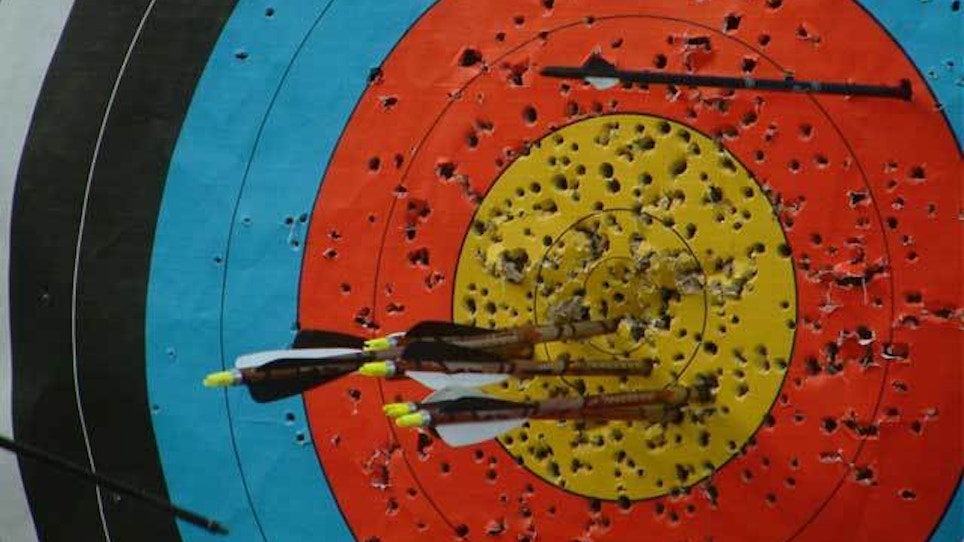By JOHN McCOY | The Charleston Gazette
CHARLESTON, W.Va. (AP) — West Virginians' fascination with guns has been well documented. Now so has their fascination with bows and arrows.
A recent nationwide survey showed that West Virginia has the highest rate of adult archery participants in the nation. Approximately one in seven Mountain State adults — 14.5 percent — participates in bowhunting, target archery or both.
Kentucky wasn't far behind at 14 percent, but from there the rates dropped off sharply. The only other states in double figures were Missouri, 11.1 percent, Oklahoma, 11, and Oregon, 10.3.
"The findings didn't surprise me, really," said Curtis Taylor, wildlife chief for the state Division of Natural Resources. "I travel around the country a lot by vehicle. In rural areas of West Virginia, everybody seems to have a foam deer target in the backyard. I don't see that anywhere else in the nation."
Taylor said it's possible that West Virginians have backyard targets because the state has relatively few public archery ranges, but, as he put it, "Why go to a range when you can shoot in the backyard?"
Mark Duda, whose company, Responsive Management, conducted the survey, said several factors appear to be combining to boost archery participation — not only in the Mountain State, but also nationwide.
"The movie, 'The Hunger Games,' spurred a lot of interest in archery," Duda said. "Partly because of that, one of the most-watched events in the (2012 London) Olympics was archery, and that sparked even further interest.
"The National Archery in the Schools Program is also having an effect. Adult participation rates are higher in states with AIS programs than in states that don't have them."
West Virginia's AIS program, started as a pilot program in 18 schools in 2004, now has active programs in more than 300 schools.
"People who took part in that program as youths are now participating as adults," Duda said. "The question now is whether all those target archers will make the transition to bowhunting. It seems to be, at least to some extent, but there also seems to be room for growth."
In West Virginia, that growth is probably more likely to happen. Krista Snodgrass, who administers the state's AIS program, said many of the strongest programs are in schools where bowhunting is part of everyday culture.
"At schools like Ripley, Cabell Midland and Chapmanville, a lot of the kids who participate in the school program are involved in bowhunting as well as target archery," Snodgrass said.
The purpose of AIS, she added, is to teach students a life skill.
"We hope that as they get older, they can buy a license and start hunting, or that they participate in field archery, 3-D archery or some other archery discipline."
DNR officials haven't yet drawn a correlation between participation in the AIS program and sales of archery equipment later on. Snodgrass said it's a subject "that needs to be studied."
"We're hoping to see a rise in archery sales by people in a younger age group," she added. "We don't have that data yet, but it's something we really would like to have."
Taylor said the most important statistic is that West Virginians are embracing archery more than ever.
"West Virginia gets blasted for being at or near the bottom for so many things," he said. "Well by golly, we lead the country in archery participation. And as far as I'm concerned, that's the main thing folks need to know."
———
Information from: The Charleston Gazette, www.wvgazette.com






